Ziyi Gong
Asynchronous RIS-assisted Localization: A Comprehensive Analysis of Fundamental Limits
Oct 20, 2022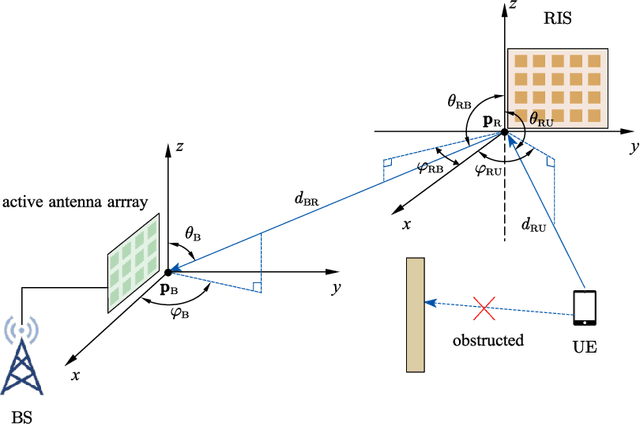
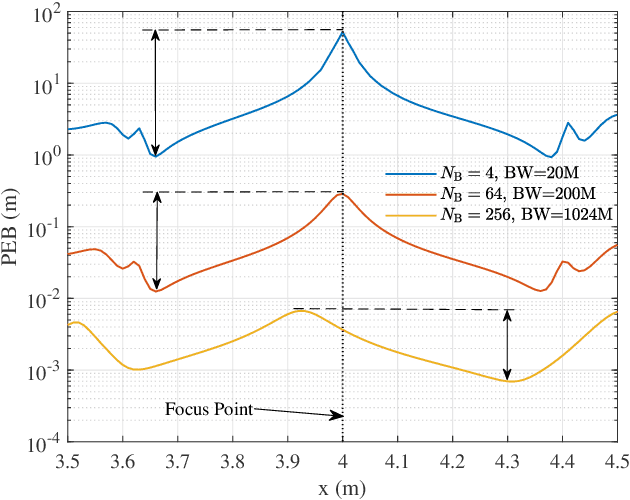
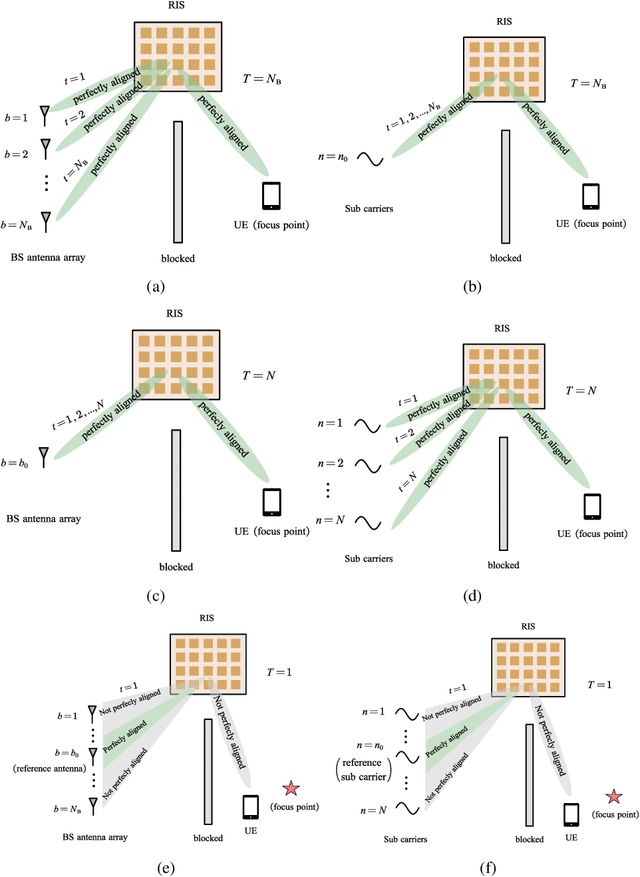
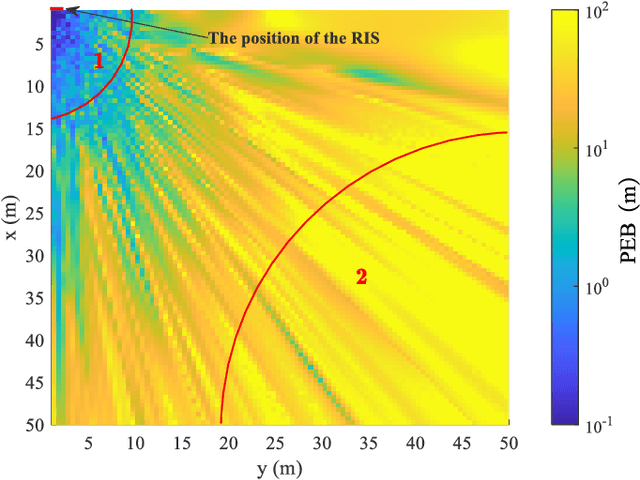
Abstract:The reconfigurable intelligent surface (RIS) has drawn considerable attention for its ability to enhance the performance of not only the wireless communication but also the indoor localization with low-cost. This paper investigates the performance limits of the RIS-based near-field localization in the asynchronous scenario, and analyzes the impact of each part of the cascaded channel on the localization performance. The Fisher information matrix (FIM) and the position error bound (PEB) are derived. Besides, we also derive the equivalent Fisher information (EFI) for the position-related intermediate parameters. Enabled by the derived EFI, we show that the information for both the distance and the direction of the user can be obtained when the near-field spherical wavefront is considered for the RIS-User equipment (UE) part of the channel, while only the direction of the UE can be inferred in the far-field scenario. For the base station (BS)-RIS part of the channel, we reveal that this part of the channel determines the type of the gain provided by the BS antenna array. We also show that the well-known focusing control scheme for RIS, which maximizes the received SNR, is not always a good choice and may degrade the localization performance in the asynchronous scenario. The simulation results validate the analytic work. The impact of the focusing control scheme on the PEB performances under synchronous and asynchronous conditions is also investigated.
Modeling the Evolution of Retina Neural Network
Nov 24, 2020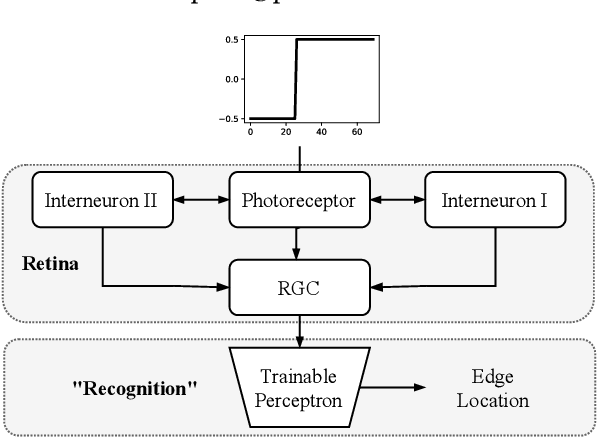
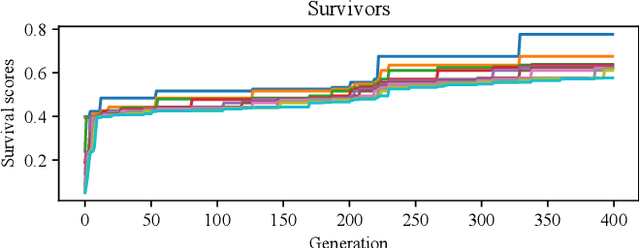
Abstract:Vital to primary visual processing, retinal circuitry shows many similar structures across a very broad array of species, both vertebrate and non-vertebrate, especially functional components such as lateral inhibition. This surprisingly conservative pattern raises a question of how evolution leads to it, and whether there is any alternative that can also prompt helpful preprocessing. Here we design a state-of-the-art method using genetic algorithm that, with many degrees of freedom, leads to architectures whose functions are similar to biological retina, as well as effective alternatives that are different in structures and functions. We compare this state-of-the-art model to natural evolution and discuss how our framework can come into goal-driven search and sustainable enhancement of neural network models in machine learning.
 Add to Chrome
Add to Chrome Add to Firefox
Add to Firefox Add to Edge
Add to Edge